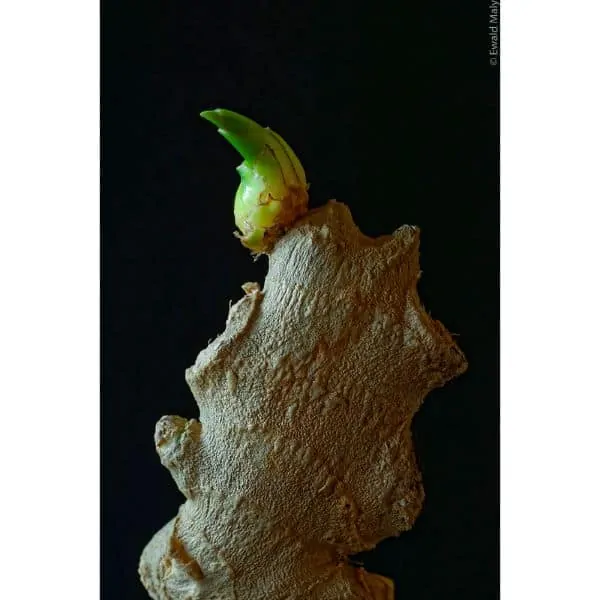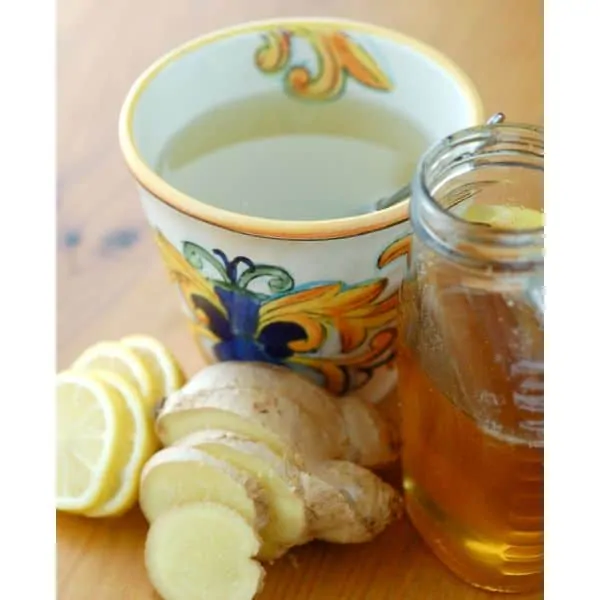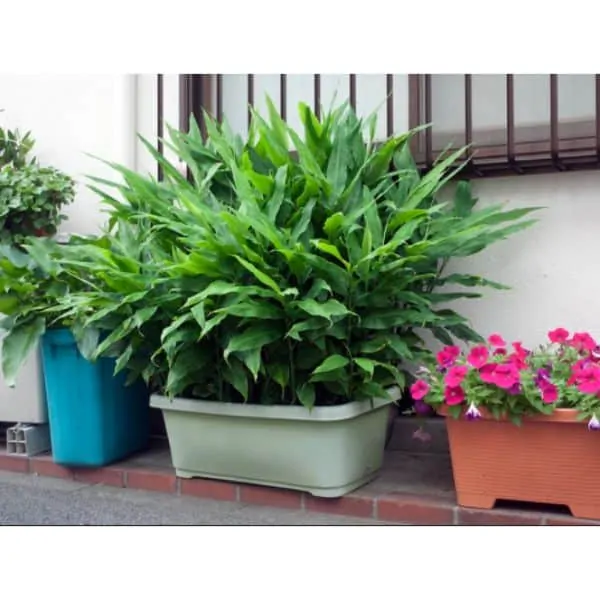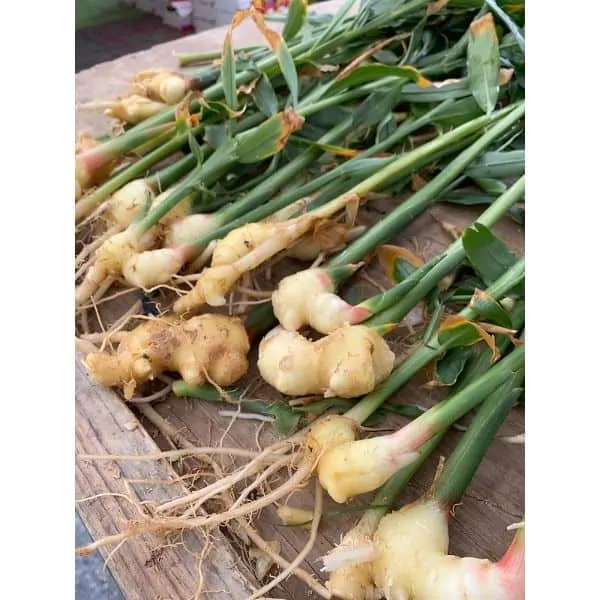How To Grow Ginger At Home - An Easy Guide
Follow our guide on how to grow ginger at home and you will be rewarded with fresh ginger whenever you want it and with a lovely decorative plant!
How To Grow Ginger: About Ginger
You find it pickled next to your sushi. Or you taste just a tinge of it in your crispy Chinese food. It is the main spice in gingerbread and ginger beer. If you’ve ever tasted it, you will forever remember the aroma of ginger. But it is so much more than a spice!
Ginger originates from South-East Asia, in maritime areas, where it existed as a domesticated plant as far back as 3500 years ago. It is closely related to turmeric and in many ways, the two plants behave the same. It was vehiculated across East Asia and India as medicine and spice, with the earliest written record of this dating to 475 BCE.
Nowadays ginger is widely spread as a spice, but it still has medicinal uses too. Warm ginger tea with lemon and honey is great at soothing sore throats, for example. It is rich in vitamins, specifically vitamin C, which can boost the immune system, but it can also have adverse reactions. Always ask your doctor’s advice before consuming ginger!
You can find ginger in most stores, either powdered, dried, or fresh. But the best ginger is the truly fresh one you just harvested. Besides, the plant itself releases a familiar and vaguely Christmassy aroma whenever touched and it is decorative as well!
How To Grow Ginger: The Right Roots
So, you decided to grow your own plant? There are a few things you need to know beforehand, then. First, the “fresh” ginger you find in stores has been treated against sprouting so it doesn’t start growing shoots while waiting on the shelves. This means you have little chance of getting it to sprout at home either. Buy organic ginger instead. Second, it takes around 4 weeks for ginger to start sprouting, once you start treating it for that.
You need the freshest roots you can find. The more dehydrated, soft, and wrinkly they are, the older they are. Fresh ginger roots should feel woody to the touch and are ideally easy to snap (not bend) in your hand. Pick them carefully, as the right roots can make the difference between a successful and a failed attempt at growing ginger.
Once you have your roots, cut them up in pieces about one to two inches (2-5 cm) and make sure each piece has a nodule, or eye. That is where the sprouts will start growing. Soak the roots in warm (not hot) water overnight, then plant them under a thin layer of soil. Keep it warm and moist, but not soggy, until sprouts start growing.
Alternatively, you can use the same method we used to sprout lemon seeds. Wrap the pieces or the whole root in a moist towel and seal it in a bag for a few days. Check for growth daily and plant as soon as you have a clear shoot. Plant it in a wide, shallow pot.
How To Grow Ginger: Plant Care
1. Water
Ginger likes constant moisture, but not soggy soil. A good solution is to spray water onto the soil and root until it sprouts and then watering every other day. This also depends on the humidity in the air and the temperature, as well as the drainage of the soil. Watering ginger plants can be a little delicate, as they are prone to root rot.
2. Light
As a small tropical plant, ginger likes warmth, but not direct sunlight. In winter, any window that provides it with enough light (6 to 8 hours a day) is good, but in summer try to keep it away from the mid-day sun.
3. Temperature
This plant enjoys a higher temperature than you usually keep in your home, around 75-85°F (24-29°C), but it fares well at lower temperatures. It is important to remember that it must be moist heat, so keep the ginger plant away from heaters and mist often.
4. Soil
While ginger likes plenty of water, it disagrees with stagnant water, so pick a rich, well-draining soil. You can make your own by mixing manure with cactus mix, or you can pick one of these suggestions. If you feel that the mix you picked isn’t well-draining enough, you can add some pebbles at the bottom of the pot. For that, you will need a deeper pot, so you don’t take away from the plant’s room to grow.
5. Fertilization
If you are planning to eat the ginger, keep in mind you need to pick a food-safe fertilizer. Ideally, choose a slow-release organic fertilizer and feed it as often as directed. Ginger is a heavy feeder, but remember not to fertilize it for at least a week after harvesting.
6. Pruning
Fortunately, ginger has a strong smell that keeps most bugs away from it indoors but still check for pests occasionally. Ginger doesn’t have a central stem, but rather a faux stem, made of leaves wrapped around each other. If a leaf starts wilting, do not tear it off. The most you can do is cut it half an inch away from the stem.
Ginger Care Summary
Water
Keep constantly dampLight
Bright indirect to partial sunTemperature
75-85°F | 24-29°CSoil
Rich, well-drainingToxicity
Non-toxic. All parts are edibleDifficulty
EasyHow To Grow Ginger: Harvesting
After about six months of growing, you can be sure there is some rhizome growth as well. You can gently dig out the plant and its “root”. If there is a piece big enough for what you need, break or cut it off. Leave a little space around the shoots when harvesting, to promote growth. Wash and use the piece you need and leave the rest out for a day so the cut can heal. Plant the remaining rhizome and its shoots back where it was. Like this, you can have an almost endless supply of fresh ginger!
Final Thoughts
So, now that you know how to grow ginger at home, will you do it? The comments section is open for questions, answers, and suggestions! Let us know how your ginger is doing and what you plan on making with it once it’s grown.







